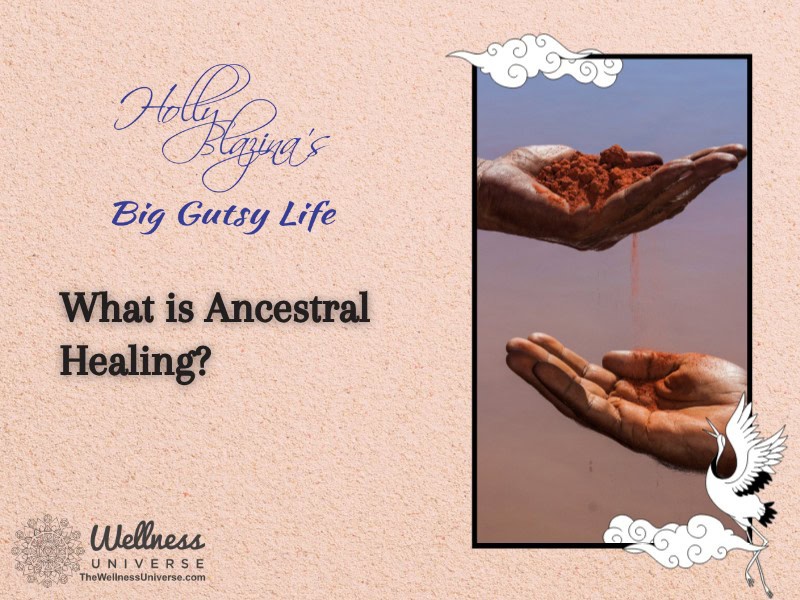The Power of A Spiritual Practice Part 3: Ashtanga Yoga — Late joining this series? Catch up from the beginning with Part 1 or from last week\’s Part 2!
That which the mind cannot feel, but due to which the mind is able to feel. — Keno Upanishad
The scriptures tell us that things that we see as alive and sentient are only so because they are enlivened by the primordial source called Chaitanya, or consciousness.
To discover this source of everything is the ultimate goal of all spiritual paths, not to experience a phenomenal light show during your meditations or to experience manifestations of your deep financial desires. However, remember that the spiritual path does often throw these short-lived treasures in front of us. The power of even briefly touching the Infinite results in the synchronicity of positive events to occur in our lives.
Ashtanga Yoga is a spiritual path that details many practices and is important for the upkeep of the body, mind, and intellect. A large percentage of the spiritual aspirants are oriented towards finding something to practice. But nevertheless, the ultimate goal of this path is also a deep transformation and union with our true nature. Ashtanga means ‘eight-limbed’ and the eight limbs were defined by the Sage Patanjali who lived around 300 B.C. when he, for the first time, compiled yoga into an organized system in the Yoga Sutras.
The Path of Ashtanga Yoga —
For a detailed description of the eight-limbed path of Ashtanga Yoga, please watch my introductory video below:
Pranayama – The Bridge to the Super-Conscious
I am not going to talk much about asanas or yogic postures because it is a vast subject and requires a separate article. However, I might just mention that yogic postures are scientifically conceived and have enormous benefits much beyond just becoming ‘flexible.’
But I do want to talk a little bit about pranayama, or the fourth limb of Ashtanga yoga. Why did the sage Patanjali decide to assign a separate limb to pranayama? If this was just about taking in more oxygen and throwing out more impure carbon dioxide then perhaps it deserved just a footnote in the Yoga Sutras.
Pranayama is an enormously powerful limb of yoga.
I cannot overemphasize its importance in helping us move from the mundane to the super-conscious. Since you started reading this article, how has your breathing been? What about over the last four hours? What about since you were born? Have you ever observed a single breath completely from inhalation to exhalation? If you are not a yogic practitioner, maybe not. But something inside of you has breathed 250 million breaths if you are 40 years old! Who or what was breathing for you? It would be easy to just pass it off as an automatic biological activity. Patanjali was trying to correct that misconception!
Of all the automatic processes happening in your body, like the heartbeat, blood circulation, digestion, etc., the breath is unique because it is the only process that is automatic and also voluntary. You can stop or control your breath anytime, but breath also continues automatically when you sleep or when you are not paying attention. One of the most powerful techniques of meditation is described in an ancient scripture called Vigyana Bhairava Tantra as “focus with full attention on the turning points of your breath.” Paying unwavering attention to the breath is in itself, pranayama. Modifying the breath consciously in different ways constitute the very many pranayama practices like Kapal Bhati, Anulom Vilom, Ujjayi, etc. Note: These should be learned under the guidance of an experienced yoga teacher.
The Internalization Practices of Yoga – Pratyahara, Dharana, and Dhyana.
The Kingdom of God is within you. — Jesus Christ
These limbs of yoga are rarely taught in yoga classes because they have no ‘business’ value. There is a whole new world to explore inside of you. Not for epistemological reasons and to fill up notebooks with information but to appreciate and realize the miracle that you really are. Pratyahara is simply a process of withdrawing your senses from the external world and going inside to observe your internals. Dharana is a process of observing just one process like your breath to the exclusion of everything else.
Dharana spontaneously leads to Dhyana, a state which can only be described as an “abidance in nothingness, your sense of being, or existence.” The path of Ashtanga yoga is one of the four accepted paths in the Vedic tradition.
Practice #3
Sit comfortably in a quiet place. Just be quiet for 5 minutes doing nothing. Now take your attention inside and feel your absolutely sure sense of ‘existence.’ How do you know that you exist? Realize that you have no doubt about your existence. In the Chandogya Upanishad, the teacher tells the student, “My dear son, in the beginning, there was only existence.” You and I came into being by borrowing from this primordial existence. FEEL your sense of existence and HOLD ON to it. This ‘existence’ of yours is older than the hills, older than the galaxies. HOLD ON to it and abide in it because it is the greatest treasure you have. Notice how Prakriti (material creative force) tries to take you away from this abidance in existence with its powerful pull into thoughts and analysis. HOLD ON, HOLD ON, HOLD ON to this feeling of ‘existence’ for herein lies liberation and freedom from all suffering.
Conclusion – The Touch of the Infinite —
If you knew who walks beside you at all times then you would never experience doubt or fear. — Dr. Wayne Dyer
Around forty years ago, when I lived in the holy city of Varanasi in northern India. On the auspicious festival of Mahashivarathri, considered the holiest day to worship Lord Shiva, I visited the famous Kashi Vishwanath temple. During the grand aarthi (invocation with lamps), many people play their drums and cymbals in a tremendous din of noise, and then everyone stops simultaneously on the signal of the chief priest. That silence after the noise in that intense devotional milieu felt like something I had never felt before.
I stepped out of the temple into the crowded street and my attention fell on a small roadside bookshop. The owner looked like a well-educated gentleman, and in conversation with him, I gathered that this was his personal book collection in his bookshop, but he was being forced to sell them due to financial difficulties. Almost as if reading my mind he told me, “Read this book, I think you will like it.” The book was, “The Complete Works of Swami Vivekananda.” I took that book back to my college hostel and read it from cover to cover in three days flat. The teachings in that book were riveting.
When I look back at that event, after my long spiritual journey, I realize what the touch of the Infinite really is. Maybe each one of you has been touched by the Infinite by an ever-so-subtle event, or maybe you will be in the future. Scratch your memory to find it. Maybe for you, it was the visit to Our Lady of Lourdes, Mecca Medina, Mount Kailash, the Bodhi Tree, an inspiring book that you read, or a lecture that you heard.
The Infinite touches us in mysterious ways but when it does, your life is never the same again. A spiritual practice is not to learn complex philosophies and techniques, but rather to discover that ‘fountain’ from where every experience of yours arises.
Once you discover that, your life will shine forth in all its glory of ecstatic joy.
– Rajan
How did this article make you feel? Leave your comments for Rajan below. Please share this if you liked it. Thank you!
* Please See Our Disclaimer Below *
Find great products and services for your well-being from members of The Wellness Universe!
I am a yoga and Vedanta teacher living in New Jersey. I had the good fortune to spend 21 years in Varanasi, one of the oldest cities in the world. This spiritual intoxication of Varanasi sowed the seed in me which today has bloomed as a passionate interest in Yoga and Vedanta. Om Shanti.





